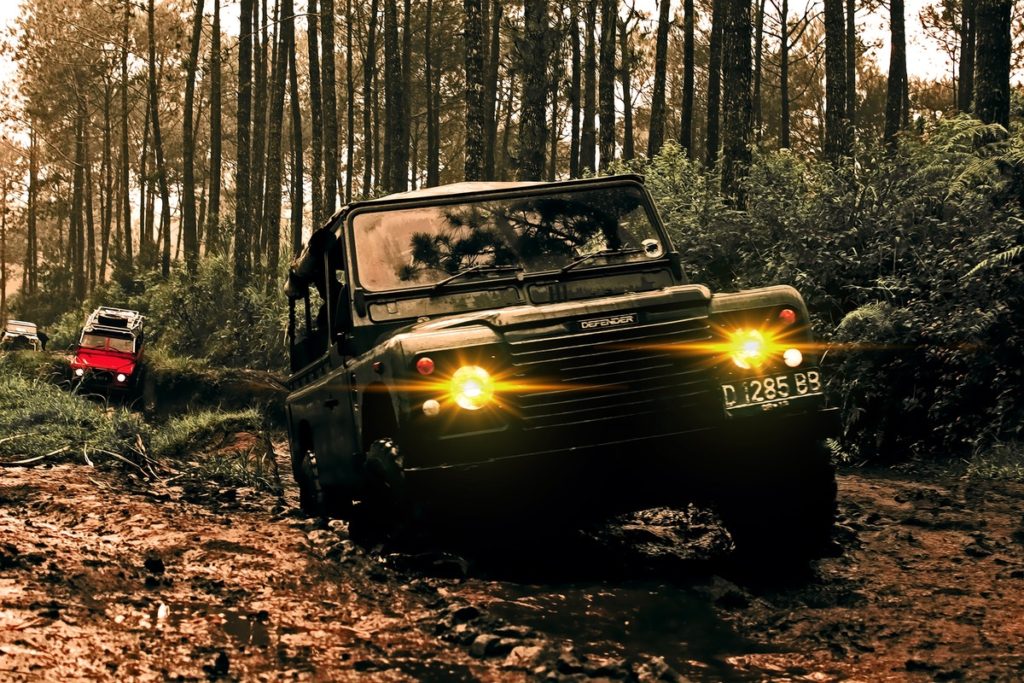The most popular vehicle sold in America today is the Ford F150, a slick pick-up truck with a 4 x 4 option. Cutting in on the act, however, are the SUVs. Car dealers and auto franchise holders should cease on these opportunities to boost their sales. The F150, Jeep, Toyota, Lexus, and Land Rover SUVs are famous in the city. But have you ever taken these beasts off-road and tested their real power and capability, driving them through rocky surfaces and submerging them in more than two feet of water?
If that got you excited, the following discussion provides insights on going off-road for the first time with your SUV or 4 x 4.
An Overview of Off-roading
Off-highway vehicle recreation is off-roading, which involves using your vehicle in backcountry roads, rough forest trails, and cross-country riding. The USDA Forest Service governs the rule on managing the use of motorized vehicles on National Forests. A survey conducted by the U.S. National Recreation Survey showed that in 2007, more than 44.4 million people ages 16 and older have participated in off-road vehicle recreation. This is roughly 19% of the U.S. population using 2007 figures and an 18% increase compared to the 2000 number. This demonstrates the continuing popularity of the activity.
Beginners Guide to Off-roading

So you’re finally taking the plunge and see what your 4 x 4 can do for you off-road where they are supposed to thrive. Here are more things you need to know:
- Know your machine. Time to review that manual that came with your vehicle. If you’re a total novice about understanding vehicles, let a mechanic walk you through to some of the details. You should be familiar with the following topics:
- Traction control
- 4WD Settings
- Locking differentials
- Dimensions of your vehicle
- Location of the engine’s air intake and engine computer box
- Routine Check and Additional Equipment. Make a checklist of items and ensure that each item on the list is fully functional and without any damage. This list should include, among others, your tire (you might need to get a special one), brakes, all the fluid levels (e.g., oil, water, brake fluid, etc.), and suspension. Go underneath and see if there are leaks or cracks. You might run into fallen trees or old logs. You will need an after-market bull bar and back bumper to help clear these obstacles. A winch and a Maxtrax are also a must. Don’t go cheap when buying a winch. Buy a genuine and durable one even if it is expensive.
- Anticipate problems and be prepared. You might get accidentally cut in a big way. Your first aid kit should include bandages that can stop the bleeding. Make sure that the basic items are in your kit. Bring a knife or a cutter that can rip through seatbelts, if you find yourself trapped and unable to free yourself. Fire extinguishers, proper clothes, and food and water are important items.
- Mental preparation. This is a mental activity as much as it is a physical one. You need to have a thorough understanding of what you’re committing to, and that it includes having a recovery plan if you find yourself stuck somewhere. If you’re stuck in the mud, for example, stop and don’t continue stepping on the accelerator.
You need to learn how to deal with mud, snow, or sand. Be ready to reduce your tire pressure for better traction. There are more to add to this list, but these essential items are useful initial insights when you go off-road.


